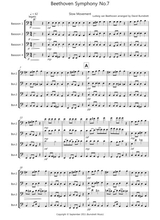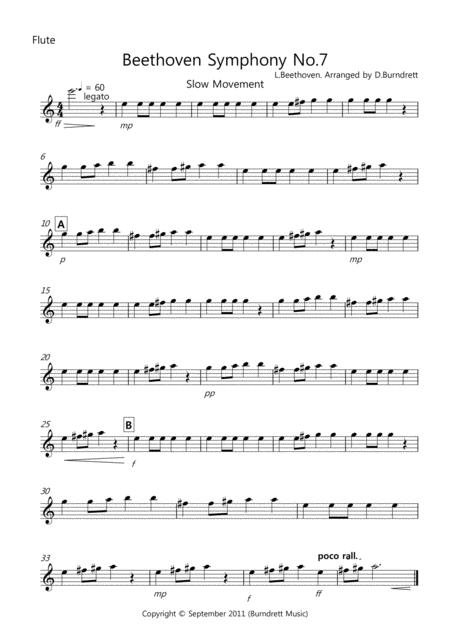
Wilhelm Wilms followed the classical tradition of Haydn and Mozart with some innovative moments. II of the English translation (Oxford 2005) of Der Tonwille.What would it have been like to hear Beethoven’s seventh symphony at the first performance? How did listeners react to hearing the endless repetition of the first movement’s dotted rhythm? Would they have been shocked to hear the melody of the second movement which repeats the same note twelve times? How did they respond to the finale’s obsessive rhythmical drive which must have seemed like the rock music of the nineteenth century? It’s ‘exciting’ to hear this well known symphony together with contemporary works which may have been performed in the same year. * Schenker found a somewhat analogous but less elaborate kind of relationship, spanning all three movements of the “Appassionata” Sonata (Opus 54, whereas the 7th Symphony is Opus 92), between Db and C in F-minor. This fact is signaled by long chord at the beginning of the second movement: an A-minor chord but with E in the bass as well as in the tune.* “In terms of the very broad kind of melodic analysis (of Western classical compositions) developed in the 1920s and 30s by the distinguished Viennese music theorist Heinrich Schenker,” all those important F’s and F-sharps, heard as alternative melodic neighbors to E, serve to “prolong” it as the 5th degree of the scale of A so – and this is the most remarkable thing – a “single overarching five-note descent”. And then the F leads down a semitone to the much-emphasized V of the last movement – which would be simply too noisy if it weren’t for the tonally dramatic return from F to E. This equivocation between F and F-sharp is brought to the fore at the end of the movement where a D-major triad yields to a D-minor triad for the sake of vi-ii-V-I progression in F.


Then the third movement is in F major, yet with the intermediate cadence in its first part on A- rather than on C-major, and with a middle section in D-major and thus emphasizing F-sharp again. In the second movement, the initial version of the theme favors F-sharp (even though the movement is in A-minor, not A-major). But since F-natural is not in the diatonic A-major scale, it has to compete for eminence, throughout the work, with F-sharp and this is adumbrated by the salient F-sharps in the tune in Bars 2 and 4 of the introduction. That role is adumbrated in bars 7-9 of the introduction to the first movement. This involved giving a privileged role to the key of F-major in a work in A-major. However, in Beethoven’s 5th, 6th and 9th symphonies, there are special ways in which the last movement is distinguished in character from the first: in the 5th, by dramatically introducing major mode in the last movement (vs minor in the first) in the 6th, by the depiction of a storm (and joyous calm afterwards) in the last movement (vs cheerfulness throughout the first movement) in the 9th, by a man standing up and declaring, “Enough of this merely instrumental music let us sing!…” And, Beethoven devised in the 7th symphony a unique tonal strategy for giving the last movement its special, “final” character. Some familiar partial solutions to this problem are to start the first movement, but not the last one, with a slow introductory section, and/or to give the last movement an easier-to-follow formal structure by making it a rondo. But then what about the fourth movement? How is its character to be distinguished sufficiently from that of the first one? How can it be given a distinctively and convincingly “final” character (which the last movement of a multi-movement 18th-century sinfonia introducing an opera didn’t have to have)? Will it just be another big piece that is neither slow nor a minuet or scherzo? The second and third movements – the slow one and the light one after it – have their obviously distinctive roles.

In a four-movement symphony, there is a certain problem of overall construction that is easy to describe. The reduction of the first movement was played on a piano and was followed visually by the students while hearing simultaneously a recording of a proper orchestral performance.

Excerpts – including a quasi-analytical reduction in musical notation – from a lecture given by Mark Lindley on April 15th, 2008 at Bilkent University.


 0 kommentar(er)
0 kommentar(er)
